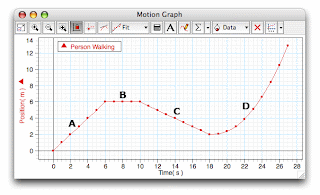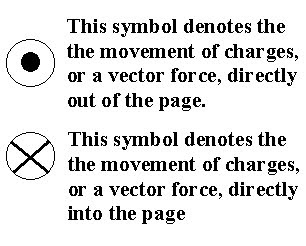What is aerodynamics? Aerodynamics is the study of forces and the resulting motion of objects through the air. Aerodynamics is involved in the flight of an airplane, the curve of a baseball pitch, and a kite flying in the sky. Because the object travels through air, its reaction to the air must also be considered when dealing with aerodynamics. The basic laws of motion and gas properties are also considered in aerodynamics.
There are three basic laws of aerodynamics (laws of conservation).
The first is the law of continuity. It states that if a certain mass of fluid enters a volume, it must either exit the volume or change the mass inside the volume. The second is the conservation of momentum. It states that force is equal to the time derivative of momentum. The final law is the conservation of energy. It states that energy can be converted into a variety of forms, however the total energy in a given system remains constant.
There are three forces that act on a glider, and four forces that act on a powered airplane are all covered in aerodynamics.
A glider is a common type of aircraft that has no engine. There are three forces that act on a glider: lift, drag and weight.
Lift is the force that opposes the aircraft’s weight, which helps the aircraft stay aloft. Lift is perpendicular to the flight direction. Drag is the mechanical, aerodynamic force that opposes the aircraft’s motion through the air. Air resistance is often a great contributer to drag. Weight is the force of gravity pulling down on an object towards the Earth.
Gliders generate its initial velocity by being thrown or having a powered aircraft drag the glider to a higher altitude, giving it a higher potential energy that can be converted to kinetic energy. Pockets of air that are rising faster than the glider is descending help keep the glider aloft. The rising air are called updrafts, and can be found where thermal energy is released.
The distance between the front of to the back of the aircraft’s wing is called the chord. The distance from one wingtip to the other is called the wingspan. The ratio of an aircraft’s wingspan to its average chord distance is called the aspect ratio of wings. A successful glider often uses a high aspect ratio of wings.
A powered aircraft, such as an airplane, as an additional force acting upon it. This force is called thrust. Thrust is a propulsive force created by engines that is used to overcome drag.
































